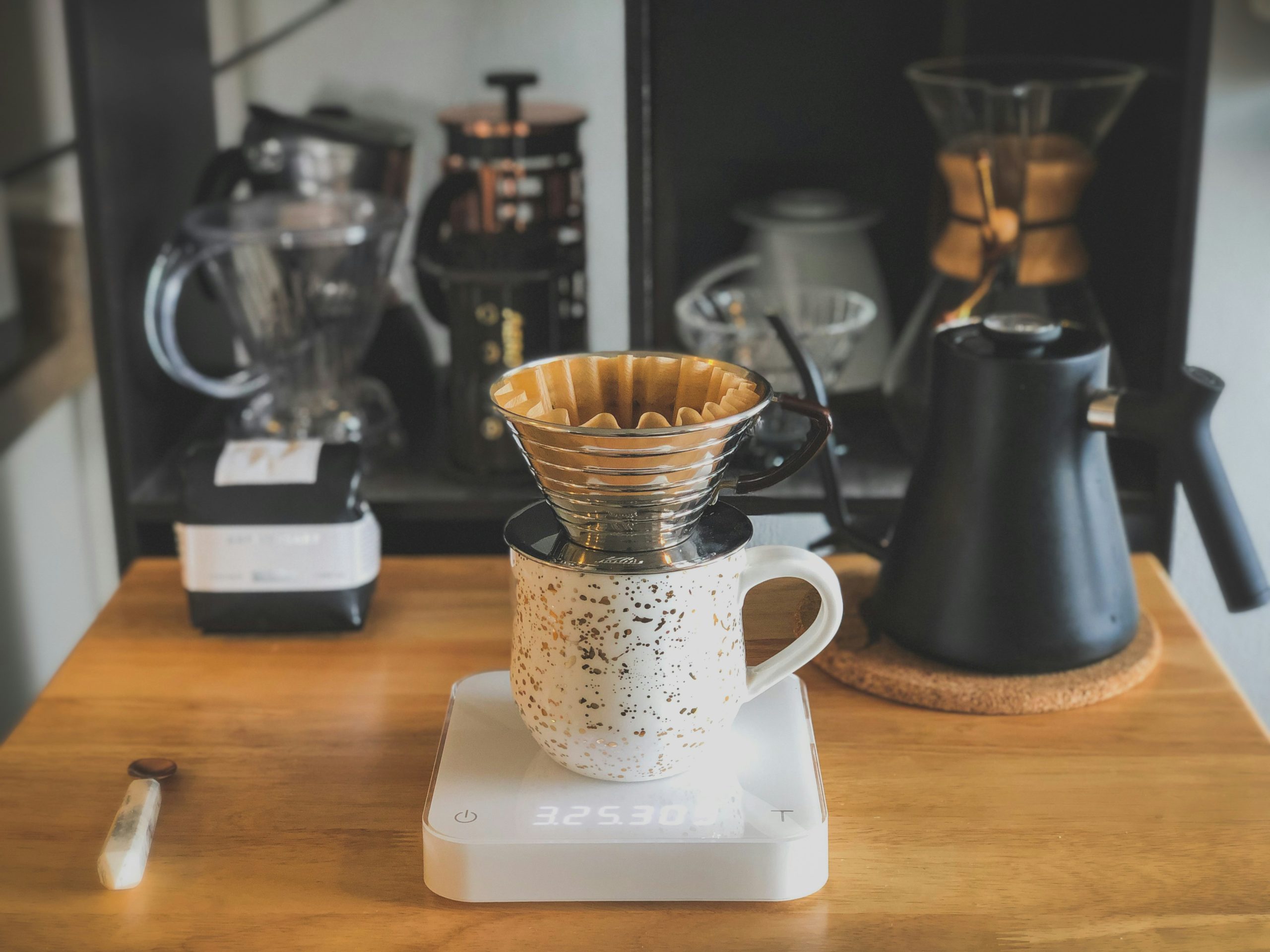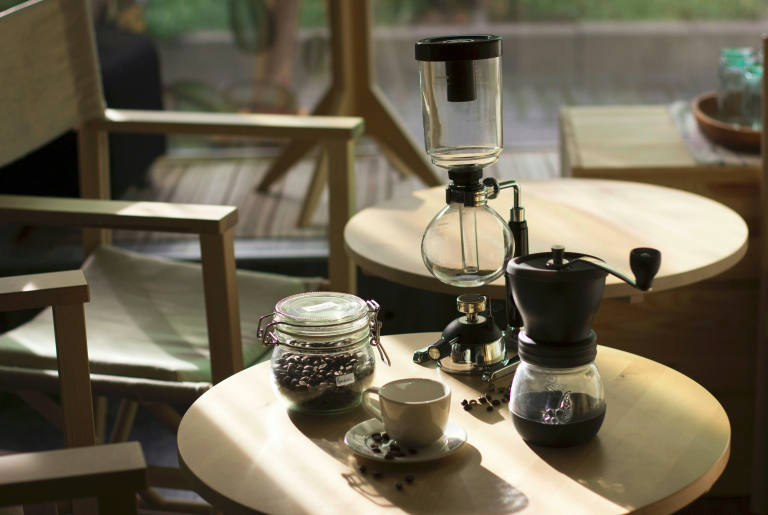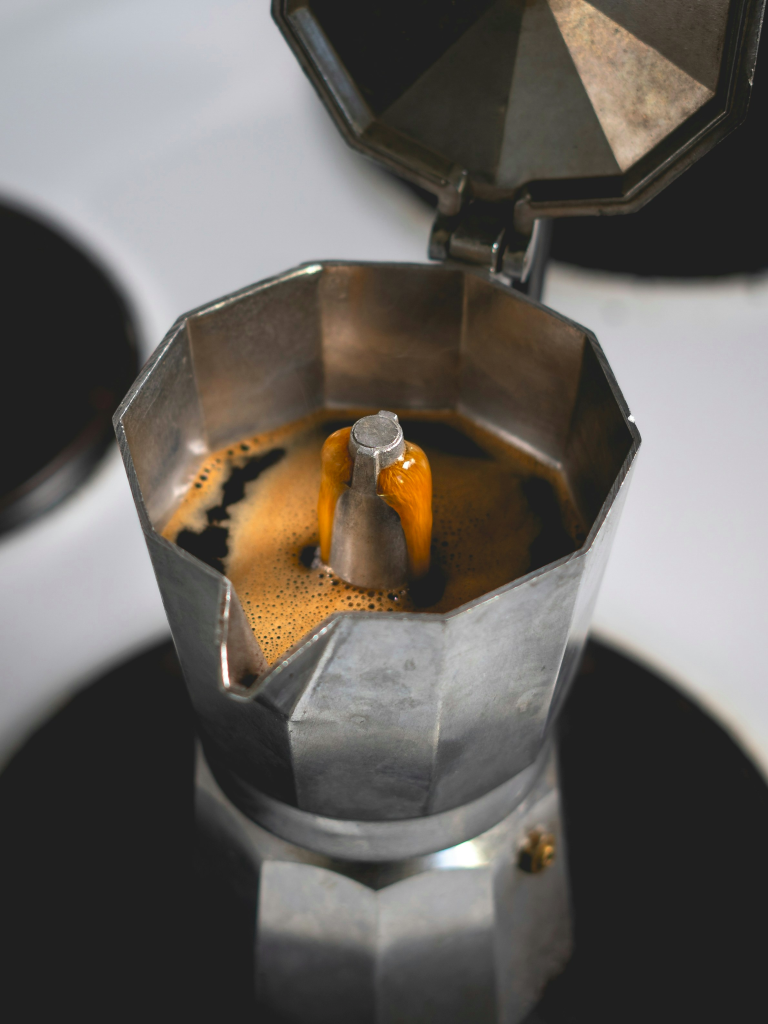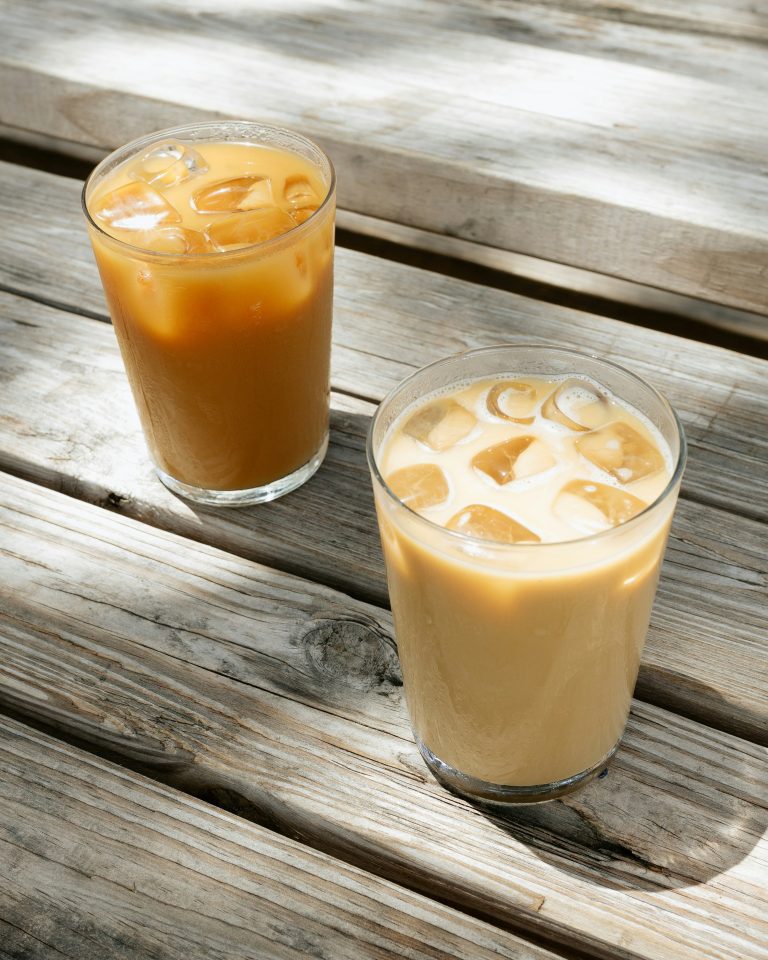Free Shipping on all U.S. orders $50+
How to Brew the Perfect Cup of Coffee at Home: A Complete Guide to 7 Brewing Methods

Coffee lovers, rejoice! Learning how to brew the perfect cup of coffee at home doesn’t require expensive equipment or barista training. Whether you’re a complete beginner or looking to refine your technique, this comprehensive guide covers seven popular brewing methods that will transform your daily coffee ritual.
What Makes the Perfect Cup of Coffee?
The perfect cup of coffee balances four key elements: coffee quality, grind size, water temperature, and brewing time. Understanding these fundamentals will dramatically improve any brewing method you choose.
Great coffee starts with fresh, quality beans roasted within 2-4 weeks of brewing. The grind size should match your brewing method, water temperature should stay between 195-205°F (90-96°C), and extraction time varies by method.
Essential Coffee Brewing Basics
Before diving into specific methods, master these foundational elements:
Coffee-to-Water Ratio: Start with a 1:15 to 1:17 ratio (1 gram coffee to 15-17 grams water). For stronger coffee, use more coffee rather than brewing longer.
Water Quality: Use filtered water when possible. Hard water can create bitter flavors, while soft water may produce weak, sour coffee.
Grind Consistency: Invest in a burr grinder for uniform particle size. Blade grinders create uneven grounds that extract inconsistently.
Timing: Grind coffee beans just before brewing to preserve flavor compounds and aromatic oils.
Method 1: Drip Coffee Maker – The Classic Approach
Best for: Convenience, large quantities, consistent daily brewing
Grind Size: Medium (like coarse sea salt)
Coffee Ratio: 1:15 (about 2 tablespoons per 6 oz water)
Brewing Time: 4-6 minutes
Step-by-Step Drip Coffee Instructions:
- Use fresh, filtered water in your machine’s reservoir
- Insert a quality paper filter – rinse it first to remove papery taste
- Add medium-ground coffee to the filter basket
- Start the brewing cycle and ensure even saturation
- Serve immediately or transfer to a thermal carafe
Pro Tip: Clean your drip coffee maker monthly with white vinegar to prevent mineral buildup that affects taste.
Method 2: French Press – Full-Body Flavor
Best for: Rich, full-bodied coffee with oils and sediment
Grind Size: Coarse (like breadcrumbs)
Coffee Ratio: 1:12 to 1:15
Brewing Time: 4 minutes
Perfect French Press Technique:
- Heat water to 200°F (just off boiling)
- Add coarse coffee grounds to the press
- Pour hot water in a circular motion, saturating all grounds
- Stir gently with a wooden spoon after 1 minute
- Place lid and plunge slowly after 4 minutes total
- Serve immediately to prevent over-extraction
French Press Secret: The metal filter allows coffee oils through, creating a richer mouthfeel than paper-filtered methods.
Method 3: Pour Over Coffee – Precision and Control
Best for: Clean, bright flavors with complete control over extraction
Grind Size: Medium-fine (like table salt)
Coffee Ratio: 1:16 to 1:17
Brewing Time: 3-4 minutes
Pour Over Mastery Steps:
- Place filter in dripper and rinse with hot water
- Add medium-fine grounds and create a small well in center
- Start with bloom pour – 2x coffee weight in water for 30 seconds
- Continue pouring in slow, circular motions in 3-4 stages
- Maintain steady water level throughout brewing
- Total brew time should be 3-4 minutes
Equipment Options: V60, Chemex, and Kalita Wave are popular pour-over devices, each offering slightly different flavor profiles.
Method 4: AeroPress – The Versatile Champion
Best for: Clean coffee with espresso-like concentration, travel-friendly
Grind Size: Fine to medium-fine
Coffee Ratio: 1:14 to 1:16
Brewing Time: 1-2 minutes
AeroPress Brewing Steps:
- Insert filter and rinse the AeroPress chamber
- Add fine-ground coffee (inverted method recommended)
- Pour water at 175-185°F (slightly cooler than other methods)
- Stir for 10 seconds to ensure even saturation
- Steep for 1-2 minutes depending on desired strength
- Press slowly and steadily over 20-30 seconds
AeroPress Advantage: The pressure extraction creates concentrated coffee that’s excellent for both straight drinking and as a base for coffee drinks.
Method 5: Cold Brew – Smooth and Sweet
Best for: Hot weather, low acidity, make-ahead convenience
Grind Size: Extra coarse
Coffee Ratio: 1:8 to 1:10 for concentrate
Brewing Time: 12-24 hours
Cold Brew Process:
- Combine coarse coffee and cold water in a large container
- Stir to ensure all grounds are saturated
- Steep at room temperature or refrigerated for 12-24 hours
- Strain through fine mesh or coffee filter
- Dilute concentrate with water or milk to taste
- Store concentrate in refrigerator for up to 2 weeks
Cold Brew Benefits: The long, cold extraction process reduces acidity and bitter compounds, creating naturally sweet coffee.
Method 6: Espresso at Home – Concentrated Excellence
Best for: Strong, concentrated coffee base for lattes and cappuccinos
Grind Size: Very fine (like powdered sugar)
Coffee Ratio: 1:2 (18g coffee to 36g espresso)
Brewing Time: 25-30 seconds
Espresso Brewing Essentials:
- Use freshly ground, fine coffee (18-20 grams)
- Level and tamp grounds evenly with 30 pounds pressure
- Lock portafilter and start extraction immediately
- Watch for honey-like flow in first few seconds
- Stop extraction at 25-30 seconds for optimal flavor
- Serve immediately in warmed cups
Home Espresso Tips: Consistent grind size and tamping pressure are crucial for even extraction and crema formation.
Method 7: Moka Pot – Stovetop Espresso Style
Best for: Strong, concentrated coffee without espresso machine
Grind Size: Fine to medium-fine
Coffee Ratio: Fill basket level (don’t pack)
Brewing Time: 5-10 minutes
Moka Pot Technique:
- Fill bottom chamber with hot water to safety valve
- Add fine coffee grounds to basket without packing
- Assemble pot and place on medium heat
- Listen for gurgling sound indicating brewing completion
- Remove from heat immediately when gurgling starts
- Run cold water over bottom chamber to stop extraction
Moka Pot Mastery: Using pre-heated water prevents over-extraction from prolonged heating, resulting in smoother coffee.
Common Coffee Brewing Mistakes to Avoid
Using Old Coffee Beans: Coffee loses flavor rapidly after roasting. Use beans within 2-4 weeks of roast date for best results.
Wrong Grind Size: Each brewing method requires specific grind sizes for optimal extraction. Too fine creates bitter coffee; too coarse creates weak coffee.
Incorrect Water Temperature: Water that’s too hot (over 205°F) extracts bitter compounds. Water that’s too cool (under 195°F) under-extracts, creating sour coffee.
Poor Timing: Over-extraction creates bitterness; under-extraction creates sourness. Follow recommended brewing times for each method.
Dirty Equipment: Coffee oils turn rancid quickly. Clean all equipment regularly with warm, soapy water.
Final Tips for Coffee Brewing Perfection
Experiment with Ratios: Start with recommended ratios, then adjust to your taste preferences. Keep notes on what works best.
Buy Quality Beans: Single-origin coffees and small-batch roasters often provide superior flavor compared to mass-market brands.
Store Coffee Properly: Keep whole beans in an airtight container away from light, heat, and moisture. Don’t store in the refrigerator or freezer.
Taste and Adjust: If coffee tastes sour, try finer grounds or longer extraction. If bitter, use coarser grounds or shorter extraction time.
Pre-warm Equipment: Rinse brewing equipment with hot water before use to maintain optimal brewing temperature.
Conclusion: Your Perfect Cup Awaits
Brewing exceptional coffee at home is both an art and a science. Each method offers unique advantages: drip makers provide convenience, French press delivers full body, pour-over offers precision, AeroPress brings versatility, cold brew creates smoothness, espresso provides intensity, and Moka pots offer accessibility.
Start with one method that appeals to you, master the basics, then experiment with others. Remember that the “perfect” cup is ultimately the one that tastes best to you. With quality beans, proper technique, and a little practice, you’ll be brewing coffee that rivals your favorite café.
Ready to upgrade your coffee game? Choose your preferred brewing method and start experimenting today. Your taste buds will thank you for every perfectly extracted cup.



